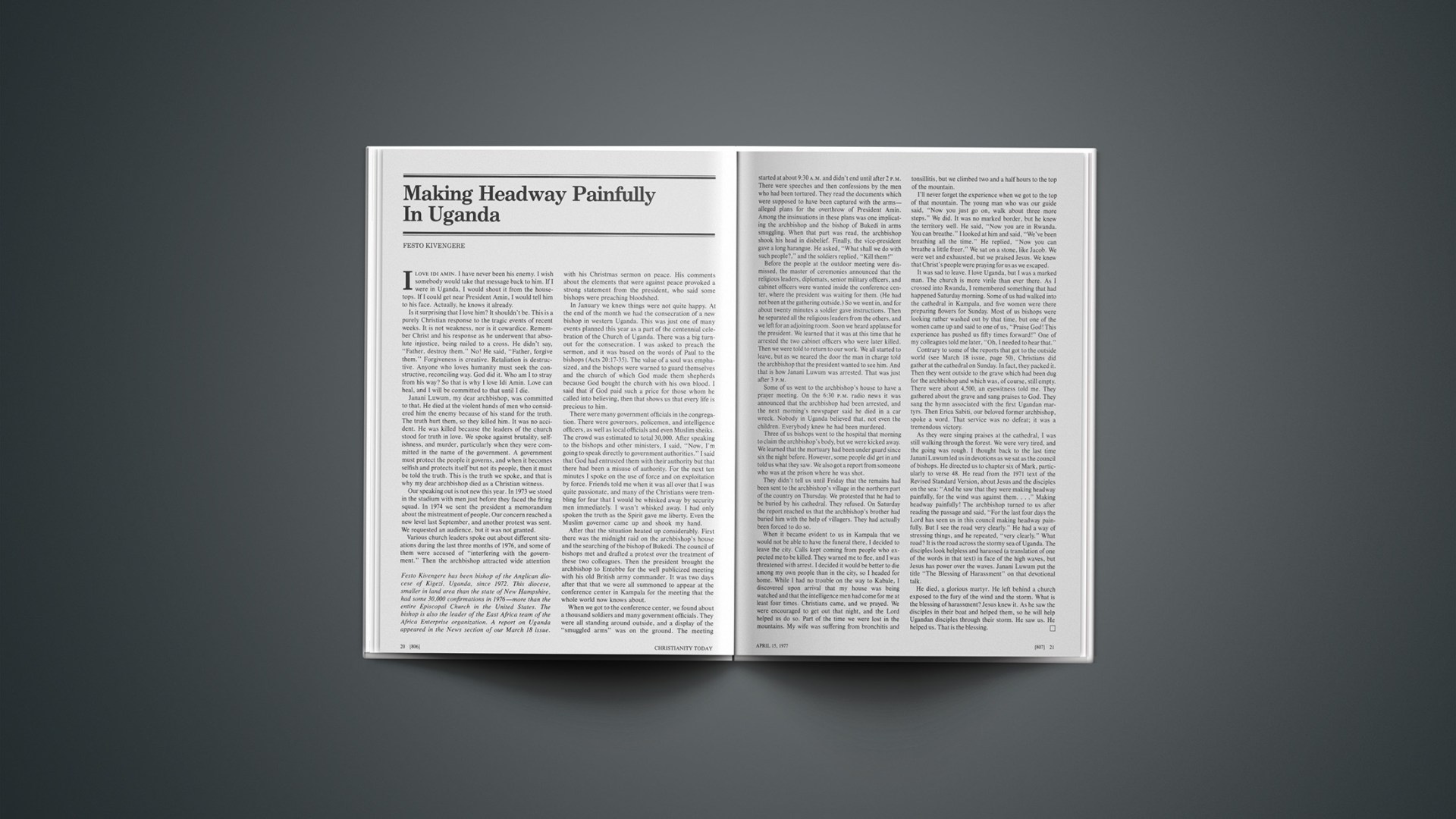Sharee Rogers tells of taking her young Sunday-school class on a tour of the church. One room, she recalls, “had a group for young men, another for fifth and sixth graders, another was the minister’s study. In the basement area the choir was rehearsing, and the vacant kitchen was immense. Finally we returned to our room just beyond the glass windows enclosing the nursery for infants. Room after room, all the doors were closed. What was the impression we got? It certainly was not a place of wholeness or newness. Church was divisions—divisions on the basis of age, divisions on the basis of sex, divisions on the basis of abilities. We found it hard to talk to others. We found closed doors. Perhaps we had best stay in our room for a while. Pressed back into our nook we sought other resources” (The Family Together: Inter-Generational Education in the Church School, by Sharee and Jack Rogers, Acton House, 1976).
The often repeated allegation that eleven to noon on Sunday is the most segregated hour of the week normally refers to the dearth of interracial worship, but an honest look at most congregations shows other formidable divisions.
Churches supposedly encourage wholesome family life. Yet programming is usually geared to anything but a family concept. As one sociology professor reportedly told his class, “There is a family night series at Plymouth Church during January. That means that the family gets into a car, goes to church, and each member goes to a different room.” Mary Duckert, who quoted the professor in her book Open Education Goes to Church (Westminster, 1976), also cited the minister of a city church who wrote of “the offense to the aged, the single, and the one-parent families” when church educational literature assumes that living in a nuclear family is the preferred status.
Experts in Christian education have become sensitive to the distinctions in recent years, and have become more and more concerned about over-specialization. The compartmentalization developed out of a social pattern that is now rare. This is the day of the nuclear family, a unit made up of mother, father, and children. But less than a hundred years ago the dominant family pattern in America was the extended family—parents, children, grandparents, uncles, aunts, cousins, and close neighbors. “The responsibility for rearing children,” say Del and Trudy Vander Haar, “was not left to parents alone. They had a whole support system made up of relatives and close neighbors” (Facing the Future: Church and Family Together, edited by Gary Collins, Word, 1976).
Dr. Donald Tinder, reporting on the Continental Congress on the Family (News, CHRISTIANITY TODAY, November 7, 1975), said that one emphasis that came out of the 1975 meeting was that congregations “should re-examine their well-developed programs for separate age and sex groups to be sure that equal or greater importance is attached to programs that bring families together.”
Churches have begun to do just that in recent years. “Family cluster education” has been tried here and there, but some feel it is an approach that may not be adequately respectful of singles in the church. A broader concept now gaining acceptance is that of intergenerational education. Various formulas are being tried, the only common factor being that people are learning, worshiping, and socializing in groups where there is a mix of ages and sexes.
Margaret Sawin has pioneered the trend with training events involving people from hundreds of churches. John H. Westerhoff III calls for an end to the “schooling-instructional” method of religious education in which schooling is the context and “teaching-learning” the means. He proposes to replace these with a “community-of-faith-enculturation” method in which the community of faith is the context and interactions between generations are the means of education (Will Our Children Have Faith?, Seabury, 1976). Larry Richards is in the midst of a three-year test of “Sunday School PLUS,” which he describes as “a new educational system that links the Sunday school and the home and is designed to open up communication lines within the family, guide parents in sharing their faith with their children, and build into the home those ministry-flow principles which are at the root of communicating the biblical faith.” (See the article by Dr. Richards beginning on page 16. A subsequent article exploring his new outlook further will appear in a future issue of CHRISTIANITY TODAY.) The intergenerational principle, which at least one noted Christian education professor sees as “the wave of the future,” is at the heart of the concept. Curriculum publishers are being urged to recognize the trend and realign materials accordingly.










